Baldur's Gate 3 looks great even when everything is going wrong
Our first big look at Larian's Forgotten Realms misadventure full of mind flayers and dice rolls.

"Jesus Christ," mutters Larian CEO Swen Vincke as another arrow hits his unconscious wizard. We've barely started our journey to Baldur's Gate and we're close to a second party wipe. Vincke gets creative. He takes off his boot and throws it at a bandit, dealing a small amount of damage. Five minutes later, unrelated to his missing footwear, he slips on some stairs and dies.
Like a classic tabletop campaign, Baldur's Gate 3 promises an epic yarn full of cosmic invaders, trap-filled dungeons and more characters with a mysterious past than an Agatha Christie mystery. And just like its tabletop progenitor, a few unlucky rolls and some interesting decisions can transform it into a brilliant comedy of errors.
Details were slim when we first spoke to Larian about its next big RPG, but this time the developer has opened the gate—though lamentably not to the point where I've been able to take it for a spin myself. The illithids, the grotesque alien tyrants more commonly known as mind flayers, have rediscovered the secret of flying nautiloids, their weird crustacean ships, and have decided to invade the Forgotten Realms. They've abducted people and stuck parasitic tadpoles in their heads, but before the show can really get started, another alien race appears, the githyanki, on top of red dragons no less, and blows them out of the sky.
This is good news for you, as it turns out. As one of the unfortunate abductees, you're now free. Unfortunately, you still have a parasite in your head. It's not a great thing to have stuck in your noggin, as it's how mind flayers procreate.
"So I have a central problem," Vincke says. "I need to get rid of this tadpole or I'm going to become a mind flayer. So I'm looking for somebody that can help me with that, and that too turns out to be quite a problem, but I can go in many directions."
Origin story
Between the extremely flashy cinematics, you'll make your character. Here you've got to decide what race you are, what your background is and then pick a class. All custom characters hail from Baldur's Gate, but you might be an dwarven noble or a crooked drow. Chances are, however, that you'll make an origin character. Yes, Divinity: Original Sin 2's origin system is returning, letting you pick named characters with more elaborate backstories, special hooks and unique dialogue options. Vincke picks Astarion, a vampire spawn who now finds himself free from his master's clutches and somehow able to walk in the sunlight—a 'gift' from the tadpole. This time, they're also locked into a class.
"The stories are very much tied to class at times," says senior writer Adam Smith. "Class is such a part of identity in D&D, in a way that it wasn't in DOS2." But those initial decisions will eventually be overshadowed by the choices you make as you play.
Keep up to date with the most important stories and the best deals, as picked by the PC Gamer team.
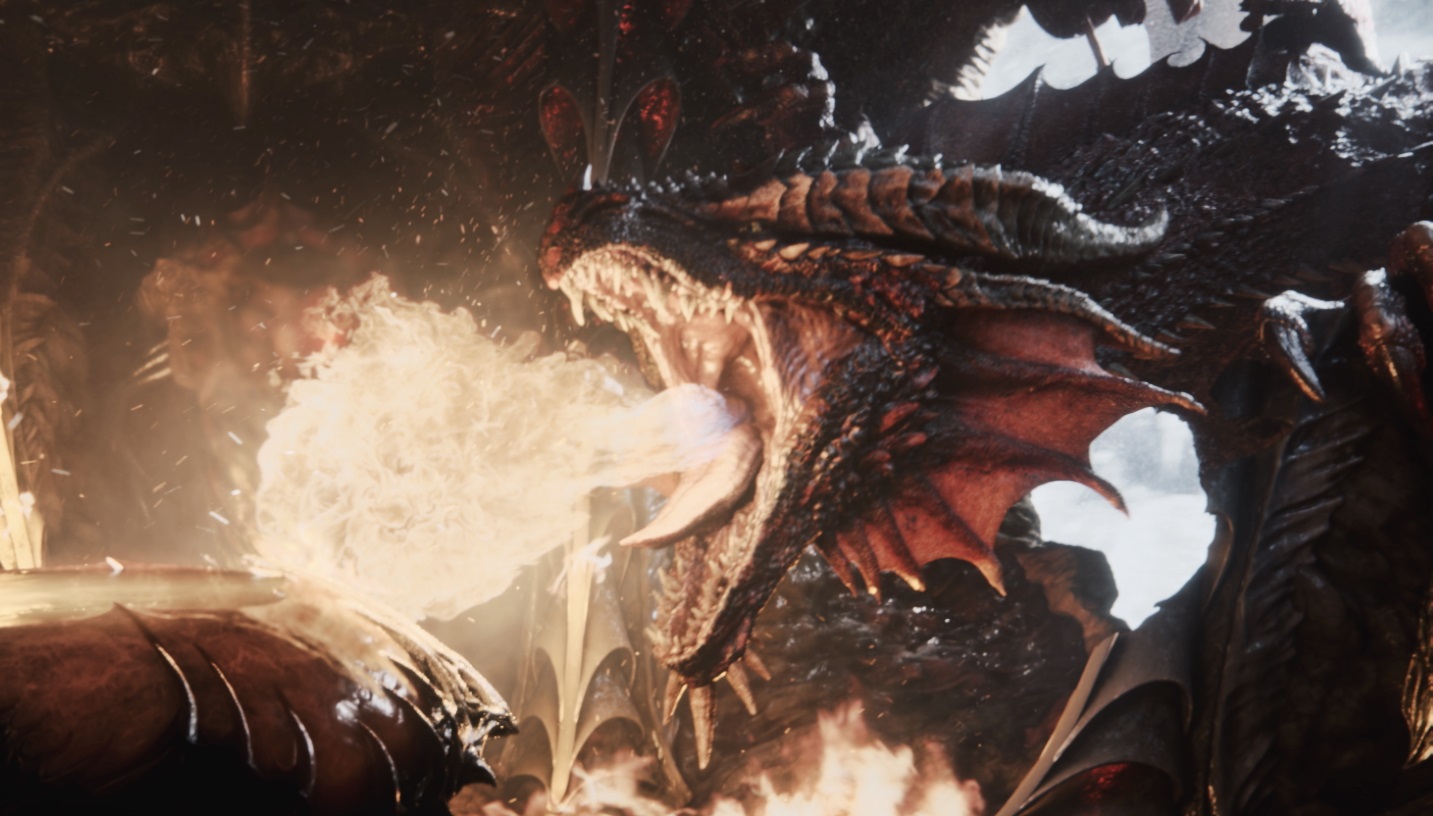
- How Baldur's Gate 3 compares to Divinity: Original Sin 2
- How Larian is keeping Baldur's Gate 3 weird
"A Rogue is always going to be able to do certain things that other people can't do, and an elf is going to be reacted to by some characters in a certain way. There will always be things that are specific to you because of the person you are, but the really interesting things are the things that are specific to you because of what you did. And then what gets even more interesting is how your companions remember the things that you did, and the way that you treated them and other people. And that becomes very complicated."
At camp, Vincke starts feeding on one of his companions. He's made a few friends, including one of the aforementioned githyanki, Lae'zel, all of whom can also be chosen as an origin character at the start of the game. They're as complex as the player character, and in the case of the multiplayer mode they are all player characters, the heroes or villains of their own story—but for the time being the half-elf cleric known as Shadowheart is a light evening snack.
As Vincke drinks, he's able to give into his craving, or he can pull back before sucking her dry, leading to a D20 being rolled at the centre of the screen. Luckily he passes the roll, as failure would have ended Shadowheart's story prematurely. Even with the roll, however, he's not out of the woods. The party could discover his secret, which seems pretty plausible given that tadpoles give their victims a psychic connection.
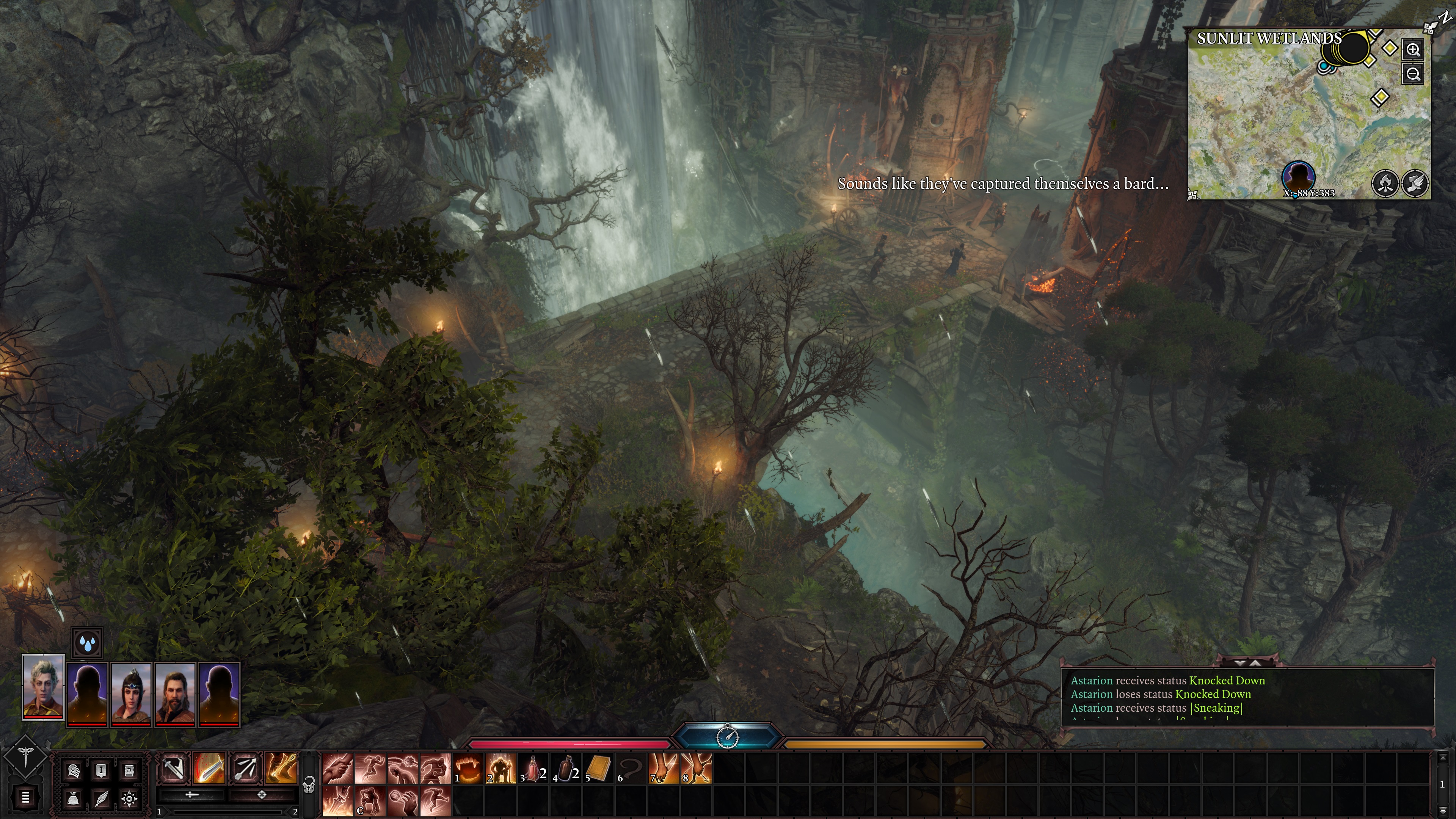
He likens the parasite to the Bhaalspawn legacy from the earlier games. It's a power that can be tapped, but it comes from a dangerous source. "Every single time that you use it, you give into it," Vincke warns. "And as you give into it, things start happening when you encounter other people with tadpoles, and you might not be so resistant. Eventually you'll find mind flayers, and if you use the tadpole, you might find that it's really hard."
Conflict in Baldur's Gate 3 stems from conversations just as much as combat. The game is constantly rolling skill checks and dialogue checks, pitting your arcane knowledge or religious know-how against a D20. During one chat, Vincke tries to pilfer a toe ring from a goblin, which he's able to do by gingerly kissing the gobbo's feet while employing some sleight of hand. Thanks to the close-up conversations and mo-capped animation, you can get a real good look at the makeout session, made even steamier by the detailed description. Vincke leaves the encounter with some new jewellery, while the goblin leaves with a smile.
Turn it up
Fights are bound to happen, of course, and unlike the earlier games, Baldur's Gate 3's brawls are all turn-based. Exploration happens in real-time, while players or characters not in the brawl can continue to move normally, but when the swords are unsheathed things get tactical.
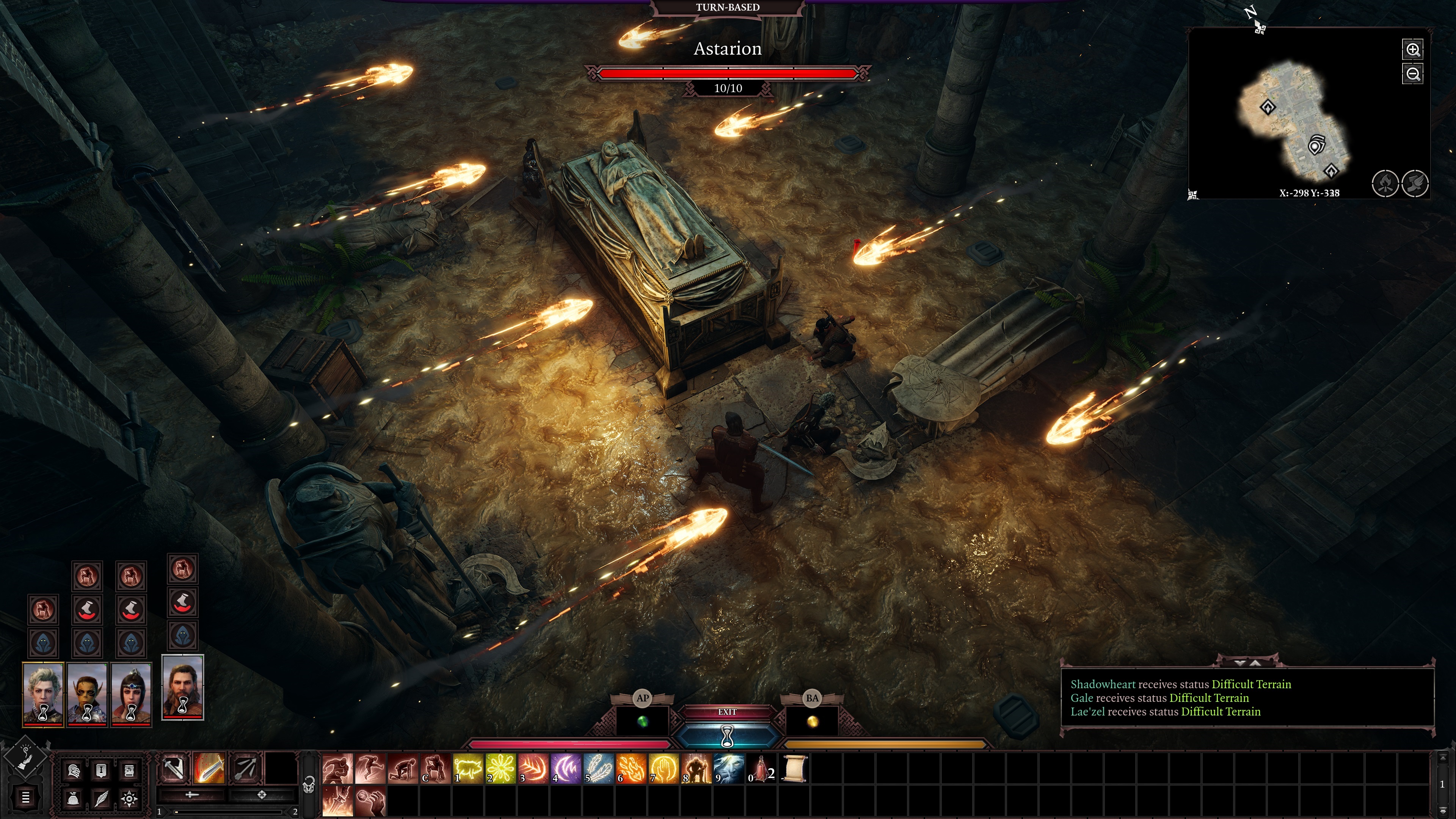
"I'm critical of real-time-with-pause because I think that it looks messy. It's like a miss, pause, give three orders, a miss, pause," says senior designer Edouard Imbert. "Also, I don't believe that sticking to the old system can expand to a greater audience. The thing with turn-based logic is that everybody understands it. It's my turn, it's your turn. And we have this experience with it—it worked for us with DOS1, it worked for us with DOS2, and D&D is turn-based. Your characters are the tools you'll use to solve a puzzle, and the puzzle is a lot more messy if everything is moving at the same time."
To tackle one of the criticisms of the turn-based model—that it's slow or laborious—Larian's made some tweaks. Instead of characters going in order and getting an attack or an action, you can swap between them, using attacks and bonus actions to create a combo. Your party effectively moves simultaneously. If you love the turn-based combat so much you want it on even when you're out of battle, however, you can force turn-based mode. This should make it easier to sneak around, since you won't have to avoid guards in real-time.
All of the spells, abilities and values are as they would be in a regular game of D&D, but just as important are all the open-ended roleplaying and combat opportunities. D&D is largely fuelled by imagination, and while Baldur's Gate 3 has to impose a few more limits (sorry, no Wish spell), it still promises to be more interactive and experimental—and just as free to exploit and abuse—than the already liberating Original Sin 2.
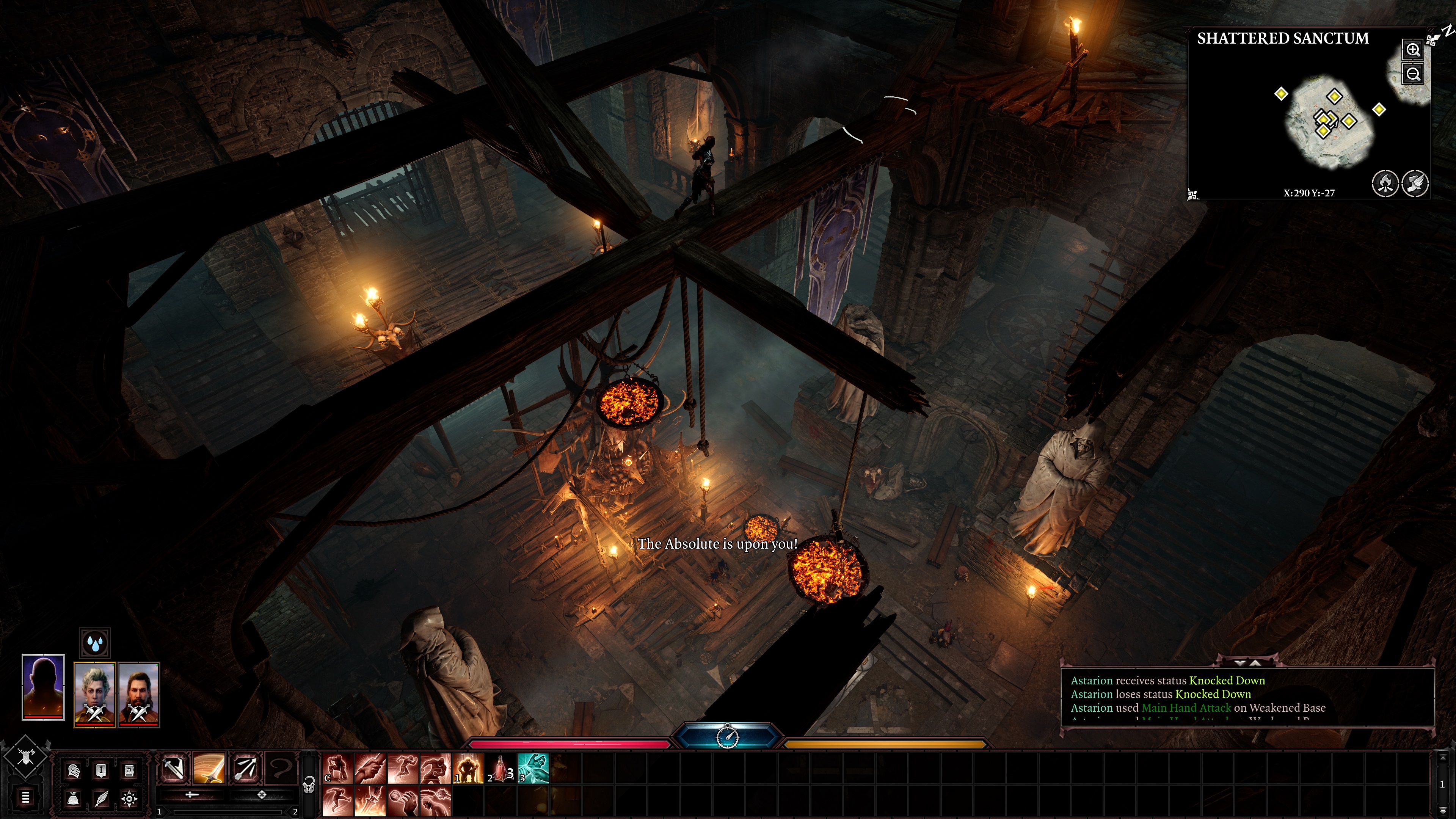
In one fight, Vincke places some crates to give him more elevation and a combat advantage, and he could have alternatively used them to create a barricade. Before another, he sneaks around removing weapons from suspicious-looking skeletons, so when the trap is sprung, they have to use their fists. The plan is to eventually make the AI find a new weapon, comparing their values to find the most effective one, but they'd still have to spend precious time looking around. In a pinch, you can fling some of your inventory at your foes, just like Vincke did with his boot. That means Larian needs to figure out how much damage, along with what kind of damage, all these objects do. Then there are the environmental factors, like elemental surface effects, loose boulders, or floors that can be destroyed, splitting the battle across multiple levels.
High ground
Original Sin 2 had elevated areas, but the fights really took place on an invisible 2D grid. In Baldur's Gate 3, it's fully 3D. This means you could have your ranger hanging out in the rafters, your rogue finding an alternate below the ground, and your fighter rushing in, sword swinging. There are lots of ways to prepare for a battle to give you an advantage, but some of them will just be there to make you feel like a badass.
"We don't want all the fights to be complicated," says Imbert. "Some of the fights have to be easy, like three goblins standing next to an explosive barrel. So we have this concept of popcorn fights, which are designed to make you feel good about yourself."
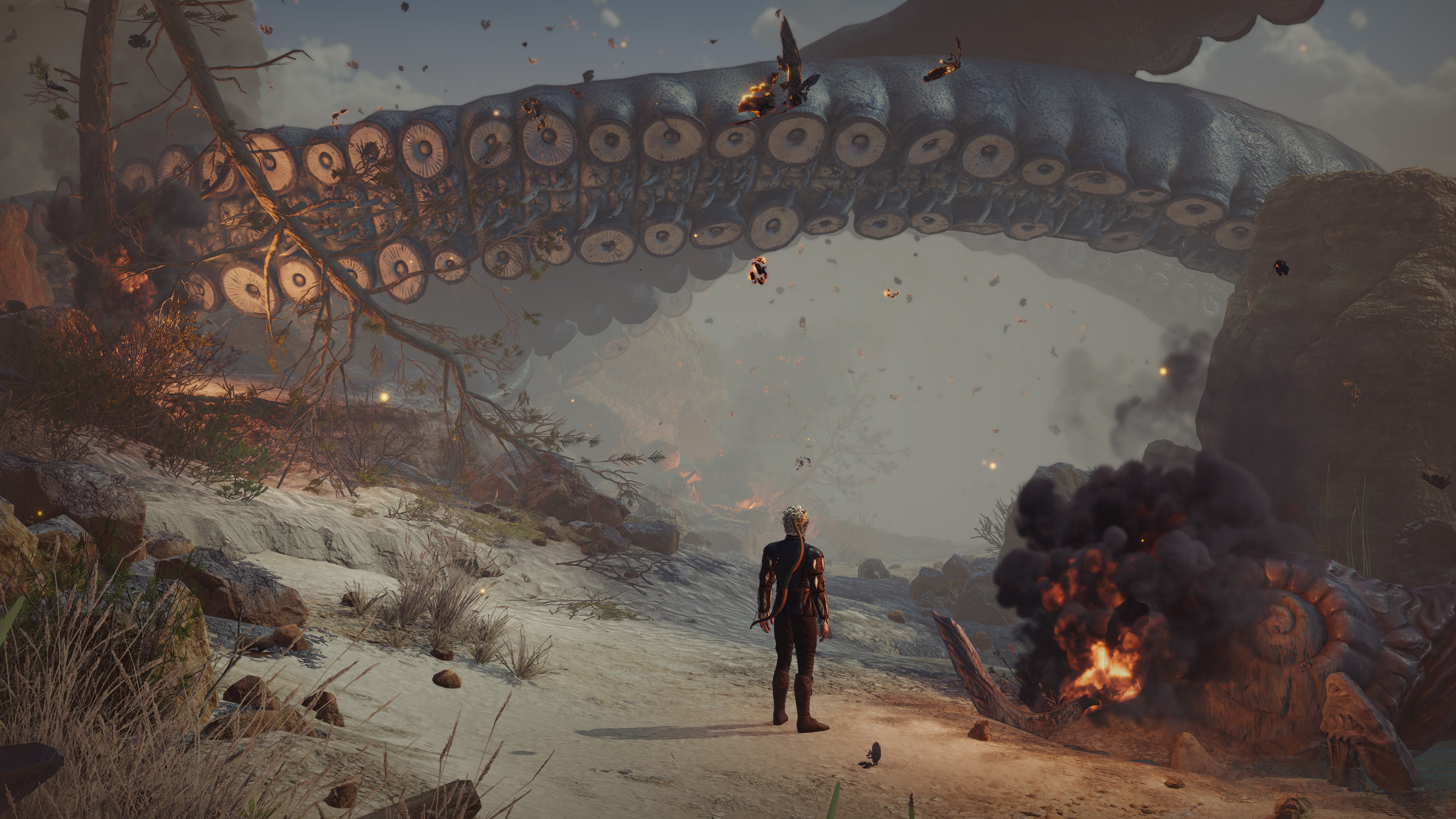
With more complex level design comes a more flexible camera. The isometric view is helpful in combat, but as you're wandering around, you might fancy zooming in and playing it more like a third-person affair, watching your character's rear and, for the first time, admiring skyboxes and distant vistas.
Aesthetically, it's not that far removed from Original Sin 2, but character models, animation, magical effects, lighting—they've all clearly benefited from a bigger budget and more designers. Even though the alpha build is rough around the edges and the mo-cap has yet to be finalised, when you get up close the difference between the two games becomes very apparent.
Out of alignment
While mind flayers and tadpoles loom over this early part of Baldur's Gate 3, there's also the threat of monsters and traditionally 'evil' races teaming up. "Suddenly, all of these forces, the goblin, the drow, gnolls, and all kinds of different evil are gathering together and working together," says Smith. "The Sword Coast is a really dangerous place, but one of the things that makes it a place of opportunity rather than a place of incredible danger is the fact that these guys don't work together normally. Right now they are, and they have a new god, the Absolute. It's uniting them, and it's saying 'You are the future, the world is going to be yours.'"
There's likely a bit more to this coalition of villains than meets the eye, particularly because Wizards of the Coast asked Larian not to get too hung up on the traditional alignment system, which the tabletop game also leans on less these days. This matters for your character, too. You can be good, evil, lawful and chaotic, but that's purely up to you, not an arbitrary alignment you pick at character creation, and doesn't come with restrictions or penalties.
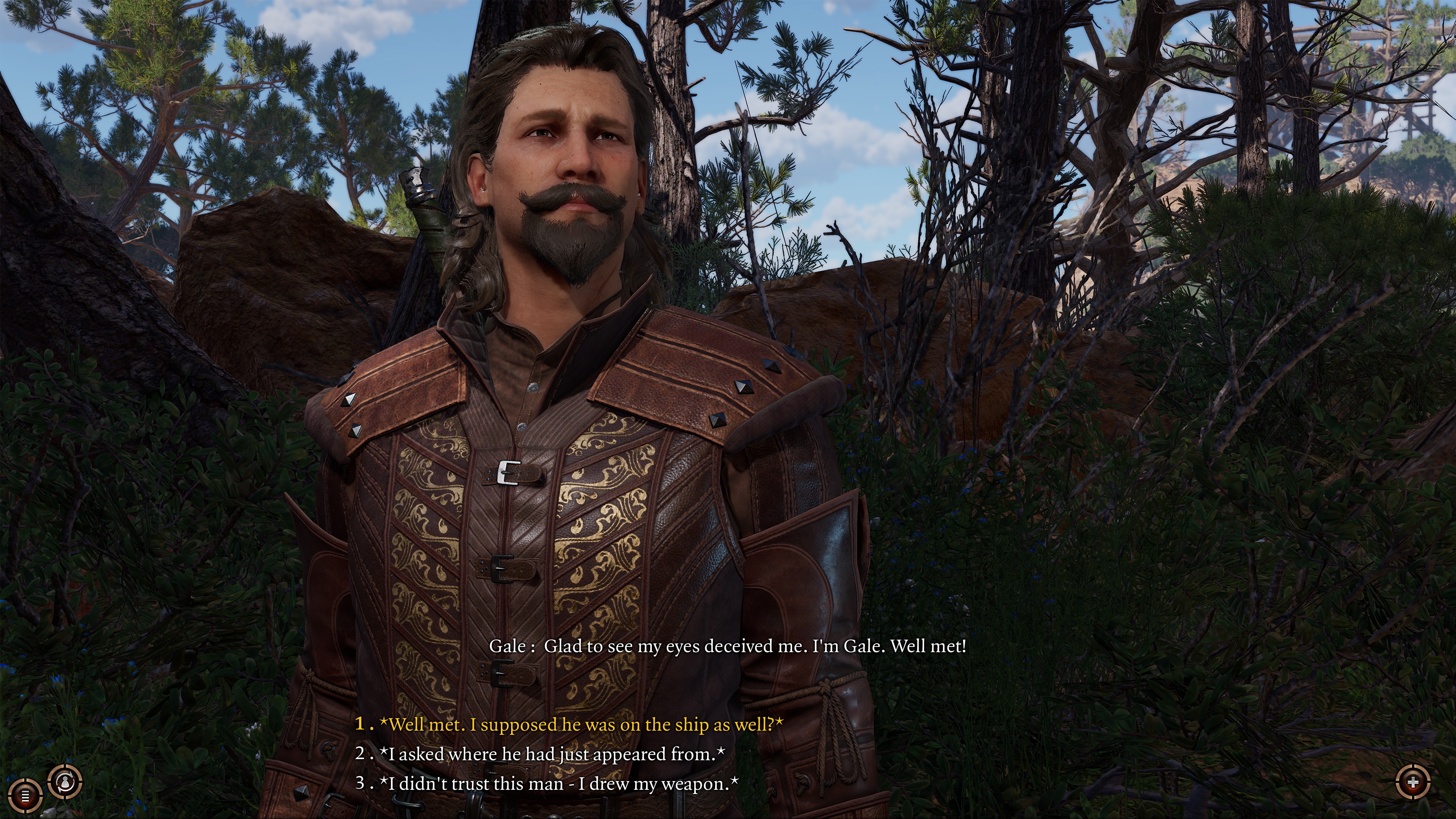
The slimy cosmic monsters, on the other hand, seem more like cut and dry bastards. Meeting a mind flayer probably means you're about to become dinner or a host. Even dying, they're a menace. After the nautiloid crash, you can find the mind flayer who infected you, and just like the tadpole, he will try to make you give into him. If you have some unlucky rolls or give in, he'll suck your brain out of your skull, which probably wouldn't bode well for the rest of the adventure.
Baldur's Gate itself hasn't yet had its big unveiling. The first map, which Larian calls the Act One A map, is massive, and from above you're only seeing the surface details, not all the caves and dungeons and hidden places. To end the demo, Vincke jumped to a later save, around ten hours in, but it was still on the same map. Depending on the route the party takes, it could take anywhere between 10 to 20 hours to hit that point. While Larian's keeping schtum about the city, it seems like it's making the journey to get there meaty enough for some good anecdotes for the tavern.
Despite delving into someone else's toy box, there's no evidence so far that Larian has toned down its style or identity. My biggest concern was that Baldur's Gate 3 would be too beholden to the old games and their magical nostalgia powers, but while it's shaping up to be an authentic D&D game, the same design philosophy that gave us Divinity: Original Sin 2 still seems very much at the centre of it. Especially when everything is on fire.
Disclosure: Adam Smith is the former deputy editor of Rock Paper Shotgun, where I used to contribute as a freelancer.

Fraser is the UK online editor and has actually met The Internet in person. With over a decade of experience, he's been around the block a few times, serving as a freelancer, news editor and prolific reviewer. Strategy games have been a 30-year-long obsession, from tiny RTSs to sprawling political sims, and he never turns down the chance to rave about Total War or Crusader Kings. He's also been known to set up shop in the latest MMO and likes to wind down with an endlessly deep, systemic RPG. These days, when he's not editing, he can usually be found writing features that are 1,000 words too long or talking about his dog.

